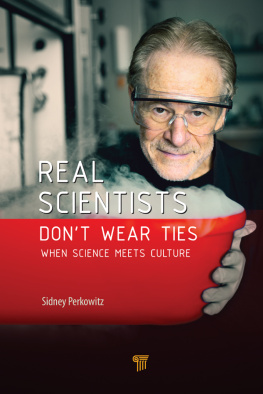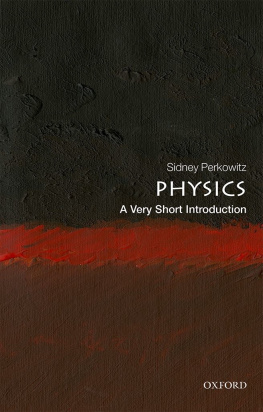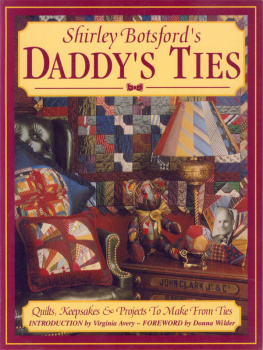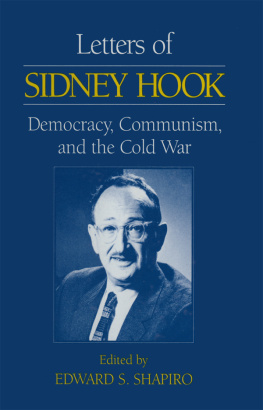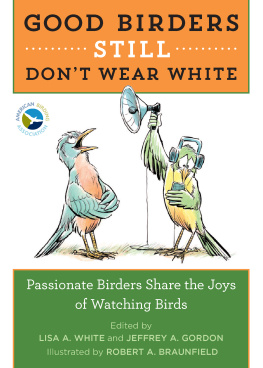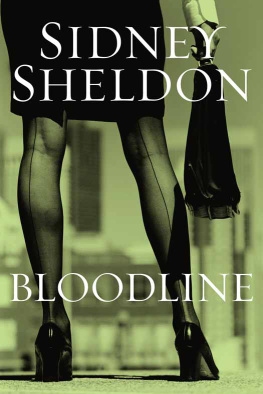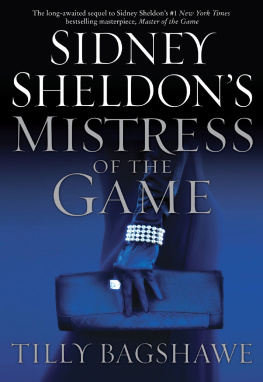Sidney Perkowitz - Real Scientists Dont Wear Ties
Here you can read online Sidney Perkowitz - Real Scientists Dont Wear Ties full text of the book (entire story) in english for free. Download pdf and epub, get meaning, cover and reviews about this ebook. year: 2020, publisher: Jenny Stanford Publishing, genre: Romance novel. Description of the work, (preface) as well as reviews are available. Best literature library LitArk.com created for fans of good reading and offers a wide selection of genres:
Romance novel
Science fiction
Adventure
Detective
Science
History
Home and family
Prose
Art
Politics
Computer
Non-fiction
Religion
Business
Children
Humor
Choose a favorite category and find really read worthwhile books. Enjoy immersion in the world of imagination, feel the emotions of the characters or learn something new for yourself, make an fascinating discovery.
- Book:Real Scientists Dont Wear Ties
- Author:
- Publisher:Jenny Stanford Publishing
- Genre:
- Year:2020
- Rating:3 / 5
- Favourites:Add to favourites
- Your mark:
- 60
- 1
- 2
- 3
- 4
- 5
Real Scientists Dont Wear Ties: summary, description and annotation
We offer to read an annotation, description, summary or preface (depends on what the author of the book "Real Scientists Dont Wear Ties" wrote himself). If you haven't found the necessary information about the book — write in the comments, we will try to find it.
Real Scientists Dont Wear Ties — read online for free the complete book (whole text) full work
Below is the text of the book, divided by pages. System saving the place of the last page read, allows you to conveniently read the book "Real Scientists Dont Wear Ties" online for free, without having to search again every time where you left off. Put a bookmark, and you can go to the page where you finished reading at any time.
Font size:
Interval:
Bookmark:

DONT WEAR TIES
DONT WEAR TIES
Sidney Perkowitz

Watson
and NoraIm grateful that youre here.
Ive wanted to be a scientist ever since I can remember, and when I became a successful research physicist, I was living my dream. But my early heroes also included writersnovelists such as F. Scott Fitzgerald, Sinclair Lewis, and J. D. Salinger, and science-fiction and fantasy writers such as Robert Heinlein, Ursula Le Guin, and J. R. R. Tolkien. Somehow the writing life appealed to me as much as science did. Of course, as a scientist, I had the opportunity and even the necessity to write journal articles that presented my research, producing over a hundred research pieces and several research-oriented books.
That was good training to express science directly and concisely, but though my research felt creative, presenting it in the rigid format of a scientific paper did not. And so when in the same year I reached two landmarks, my 50th birthday and the publication of my 100th research paper, I decided it was time for a different kind of writing. Though inspired by novels and imaginative fiction, I knew my strength would be to use my science background to inform and engage people who arent scientiststo write popular science. That would also need plenty of imagination to find understandable examples and metaphors for abstract scientific ideas and to navigate the boundary between science and science fiction, which can illuminate science and where it is taking us.
My transition was helped by friends and colleagues at Emory University where I was Charles Howard Candler Professor of Physics, within Emorys commitment to good writing and interdisciplinary education. I got valuable support too from John Wilkes, founder and at the time director of the highly regarded science writing program at University of California, Santa Cruz, and from Peter Brown, then the editor of the regretfully long-gone magazine The Sciences.
My first science article for general readers appeared in the Miami Herald in 1989. From then until I retired from Emory as an emeritus professor in 2011, I carried on a two-track lifestyle: academic research and teaching, and writing pop science. Now I focus only on writing.
I hugely enjoyed lab research and now equally enjoy writing, which puts me into the blissful state psychologists call flow. The hours fly by and I write more than I would have believed possible. When I selected items to put into this collection, besides ten books published or in progress, I could choose from over 160 pop science articles, short blog pieces to long-form essays. Ive selected fifty that represent what I think is my best writing and that cover a variety of topics and a time span from early pieces until 2018.
My choices are organized into three categories that reflect current research, my own interests, and those, I hope, of non-scientists.
The first category, Science, is about pure fundamental science, which aims to understand nature from the submicroscopic to the cosmic level. This desire motivated the ancient Greek natural philosophers and still drives researchers. In Science youll find selections dealing with the big questions and theories of physicsrelativity, quantum mechanics, and the nature of light. The second big area I cover is the study of the matter that makes up the world around us.
That last area is closely related to my own research. Many pop science books are written by theoretical physicists, who do not work in labs but use their own minds, math and experimental data gathered by others to conceive theories, the best known example being Einstein and relativity. I however was an experimentalist, working in my lab to study the properties of solids such as semiconductors and superconductors with lasers and other tools. That gives me a different view of science and links right to my second category, Technology.
Technology covers the applications of pure science. Many appear in our daily lives and depend on the physical properties of materials such as the semiconductors in computer chips. Other uses involve biomedicine and social science. The pieces in this category range from current technology such as the laser and clinical medicine to science-fictional but maybe not impossible future technology like invisibility. They also present the growing human impact of new technology such as artificial intelligence (AI).
The last category, Culture, stems from my belief that science can be found in every human activity and is an integral part of human culture. Culture covers science and science fiction in visual art, literature, film, and television; science in everyday life; and the culture of science itself in pieces that reveal how scientists think and behave (one of these, Real Physicists Dont Wear Ties, about how scientists choose to dress, lent its title to this book. When I wrote it in 1991, there were far fewer women in science than today, so the traditional male accessory of the necktie has become even rarer among scientists).
I enjoyed selecting the variety of work I present here. I hope that readers of all backgrounds will find the pieces compelling as they have been written, with the science presented both correctly and understandably (and even with humor).
Thats important because of an idea bigger than my own personal collection. In todays world where scientific fact often seems to receive less than its due, scientists owe it to themselves to convey science to the public for its benefit and for the benefit of science itself. If my experience as a scientist/writer inspires other scientists to express their own understanding of science, that would be a wonderful bonus.
Sidney Perkowitz
Atlanta, Georgia and Seattle, Washington, USA
Summer 2019
I am happy to acknowledge the efforts of Jenny Rompas and Stanford Chong of Jenny Stanford Publishing, who approached me about the possibility of a book. They liked my idea of an anthology of my writings and have proven a pleasure to work with along with their editorial team.
All images courtesy of the Everett Collection with additional credits as given:
Next pageFont size:
Interval:
Bookmark:
Similar books «Real Scientists Dont Wear Ties»
Look at similar books to Real Scientists Dont Wear Ties. We have selected literature similar in name and meaning in the hope of providing readers with more options to find new, interesting, not yet read works.
Discussion, reviews of the book Real Scientists Dont Wear Ties and just readers' own opinions. Leave your comments, write what you think about the work, its meaning or the main characters. Specify what exactly you liked and what you didn't like, and why you think so.

